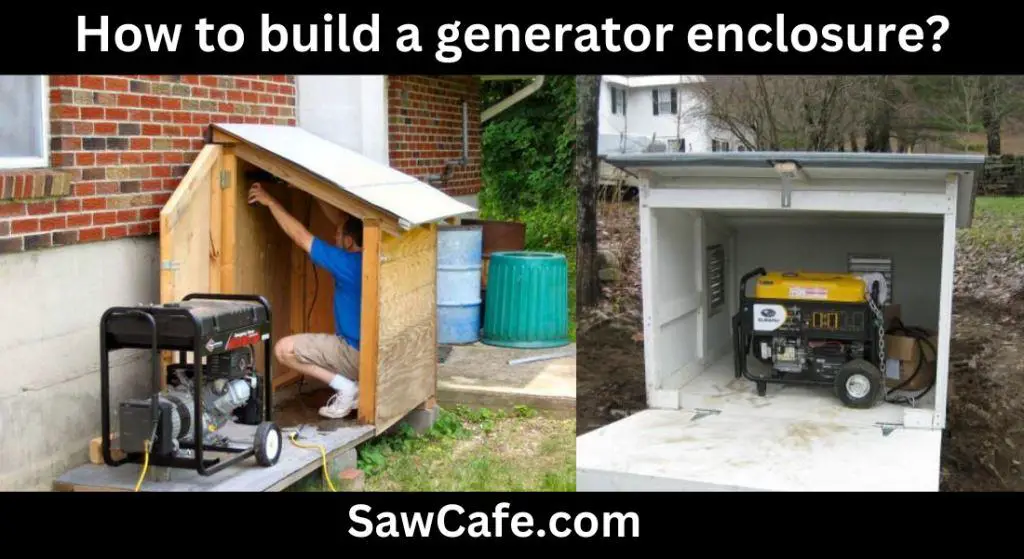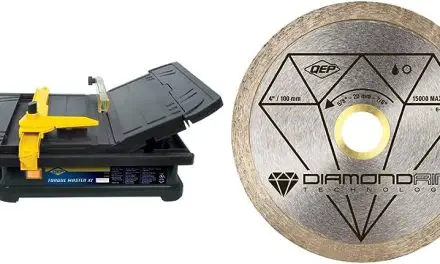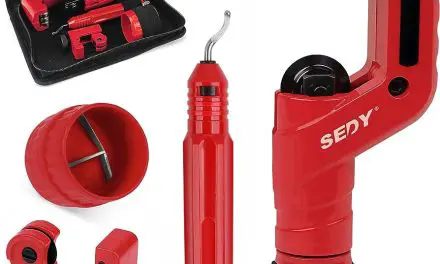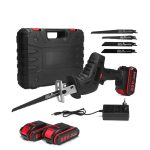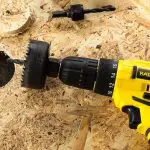A generator enclosure is a protective housing used to encase generator equipment. It protects the generator from theft, vandalism, and exposure to harsh weather conditions such as wind, rain, snow, and extreme temperatures. The generator enclosure also helps prevent any dangerous exhaust fumes from entering the surrounding environment. Moreover, generator enclosures provide sound insulation so that it won’t disturb those living or working in close proximity. They can come in a variety of sizes and styles depending on your generator needs. Generator enclosures are essential for both residential and commercial generators to ensure safe operation and maximum efficiency over time. Generator enclosure is very easy if you know how to build a generator enclosure.
These enclosures are typically made from either steel or aluminum materials due to their resistance to corrosion and rusting when exposed to the elements. Steel generator enclosures are usually thicker and heavier than aluminum enclosures, making them more secure from burglars. Meanwhile, aluminum enclosures are lighter, which makes them easier to transport and install. Both types of generator enclosures come with locking mechanisms for added security.
Generator enclosures also help protect the generator from debris, dust, and animal intrusion. They often have integrated cooling systems that keep the generator running efficiently by dissipating any heat buildup due to prolonged operation.
DIY generator enclosure plans:
Constructing a generator enclosure is an important part of generator maintenance. Here is a step-by-step guide on how to build a generator enclosure:
1. Choose your location for the generator enclosure. This should be somewhere away from buildings and high-traffic areas, as well as any standing water, like ponds or rivers.
2. Make sure that you have all of the necessary materials for building your generator enclosure: plywood, screws and lag bolts (or nails), sealant, foam board insulation/weather stripping, power drill, saws, etc.
3. Build the generator enclosure frame by measuring and cutting the plywood pieces to size, then screwing them together. Make sure that the generator enclosure is sturdy enough to withstand all types of weather conditions.
4. Once your generator enclosure’s frame has been constructed, use sealant or caulking to waterproof any areas where water may seep in. Also, use foam board insulation or weather stripping along the edges of the generator enclosure to create a tight seal between the generator enclosure and its surroundings.
5. Lastly, install a vent system for ventilation purposes so that heat can escape from the generator enclosure when it is in operation. This will also help prevent any moisture from building up inside the generator enclosure.
Once you have completed all of these steps, your generator will be fully protected in its generator enclosure and ready to keep your home or business powered up no matter what the weather may bring.
In conclusion, constructing a generator enclosure is essential in order to ensure the longevity of your generator. The steps outlined above provide a detailed guide on how to build an effective generator enclosure that can withstand all types of weather conditions. With proper installation and regular maintenance, your generator will remain powered up for many years to come.

